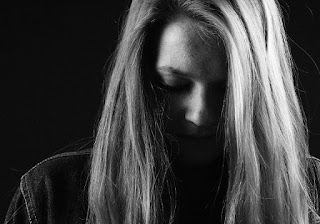DSM-5 lists Seasonal Affective Disorder or SAD as a subtype of a major depressive of bipolar disorder. This disorder is characterized by relentless symptoms of depression that usually coincide with the fall and winter months. A variant can also be present in spring and summer.
Brief History
Official research on SAD started in the United States in 1979. The study was inspired by Herb Kern. Kern was a research engineer who noticed he felt depressed during the winter months. He suspected this problem was caused by diminished amount of daylight during these months. He then presented the idea to scientists at the National Institute for Mental Health (NIMH). The scientists then formally studied the disorder and invented a light box to help Kern with his depression. Kern’s symptoms began to abate after a few days of treatment. Other patients also reported the same result.
In 1984, Norman E. Rosenthal, M.D. and his associates at the NIMH undertook the first formal study. This study was mainly motivated by Rosenthal’s personal wintertime depression. He came up with the theory that the reduction in natural light during the winter months was the cause of the depression. He then conducted and documented a placebo-controlled study where light therapy was used. Years after the findings were circulated, Rosenthal published a book called “Winter Blues” which was released in 1993. This book became the standard introduction to the subject in professional circles.
At present, studies show that SAD rates are highest in the regions furthest from the equator, with rates in Finland at 9.5 percent of the population, 20 percent in Ireland, 8.9 percent in Alaska, and 10 percent in the Netherlands.
Info source: www.sadlightsreview.com
Brief History
Official research on SAD started in the United States in 1979. The study was inspired by Herb Kern. Kern was a research engineer who noticed he felt depressed during the winter months. He suspected this problem was caused by diminished amount of daylight during these months. He then presented the idea to scientists at the National Institute for Mental Health (NIMH). The scientists then formally studied the disorder and invented a light box to help Kern with his depression. Kern’s symptoms began to abate after a few days of treatment. Other patients also reported the same result.
In 1984, Norman E. Rosenthal, M.D. and his associates at the NIMH undertook the first formal study. This study was mainly motivated by Rosenthal’s personal wintertime depression. He came up with the theory that the reduction in natural light during the winter months was the cause of the depression. He then conducted and documented a placebo-controlled study where light therapy was used. Years after the findings were circulated, Rosenthal published a book called “Winter Blues” which was released in 1993. This book became the standard introduction to the subject in professional circles.
At present, studies show that SAD rates are highest in the regions furthest from the equator, with rates in Finland at 9.5 percent of the population, 20 percent in Ireland, 8.9 percent in Alaska, and 10 percent in the Netherlands.
Info source: www.sadlightsreview.com


No comments:
Post a Comment